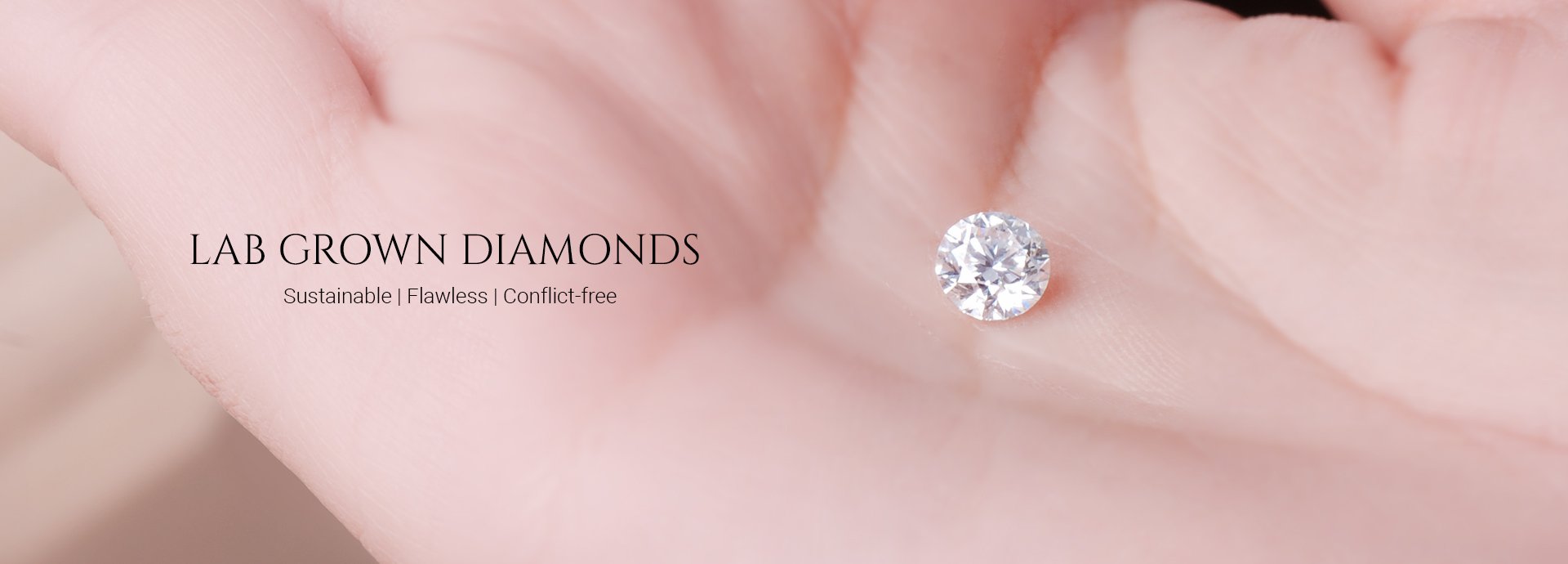
Difference among Lab Created, Lab Grown and Simulated Diamonds
Lab grown diamonds are often confused with simulants and lab created diamonds. But there is a striking difference between the three. Lab created is a broad term used for all diamonds which have not originated from the Earth’s core. Lab grown diamonds are physically, optically and chemically same as earth mined diamonds, except that they are grown in a controlled environment inside a lab, replicating the same process that occurs inside the Earth’s crust.
Lab grown diamonds are grown over thin layers of natural diamond and layers of carbon are deposited through Advanced Technological Processes. They are so identical to earth mined diamonds that it’s impossible for naked eyes to tell the difference. Only labs with the most sophisticated technologies like IGI and GIA can tell the difference.
On the other hand, simulants are diamond look-alikes and are made from Cubic Zirconia, also known as CZ. Moissanite is another simulant made of crystal carbide and has more fire than Cubic Zirconia. Both the simulants replicate the crystalline structure of diamonds but are chemically very different from pure diamonds. Though lab created, these simulants change their properties over time and may change color as well. Lab grown diamonds are pure carbon diamonds and they last as long as earth mined diamonds.
- Properties
- Chemical Composition
- Crystalline structure
- Dispersion
- Density
- Hardness
- Clarity
- Cut
- Color
- Refractive Index
- Simulated
- Moissanite
- Sic
- HEXAGONAL
- 0.104
- 3.21
- 9.25
- VVS to VS
- Very good to Good
- D to J
- 2.65
- Diamonds
- Cubic Zirconia (CZ)
- ZrO2
- CUBIC
- 0.066
- 5.7
- 8.25
- A to AAAA
- Ideal to Very good
- A to AAAA
- 2.42
- Real
- Earth-Mined Diamonds
- C
- CUBIC
- 0.044
- 3.52
- 10
- IF to I2
- Ideal to Very good
- D to Z
- 2.42
- Diamonds
- Lab Grown Diamonds
- C
- CUBIC
- 0.044
- 3.52
- 10
- IF to I2
- Ideal to Very good
- D to Z
- 2.42
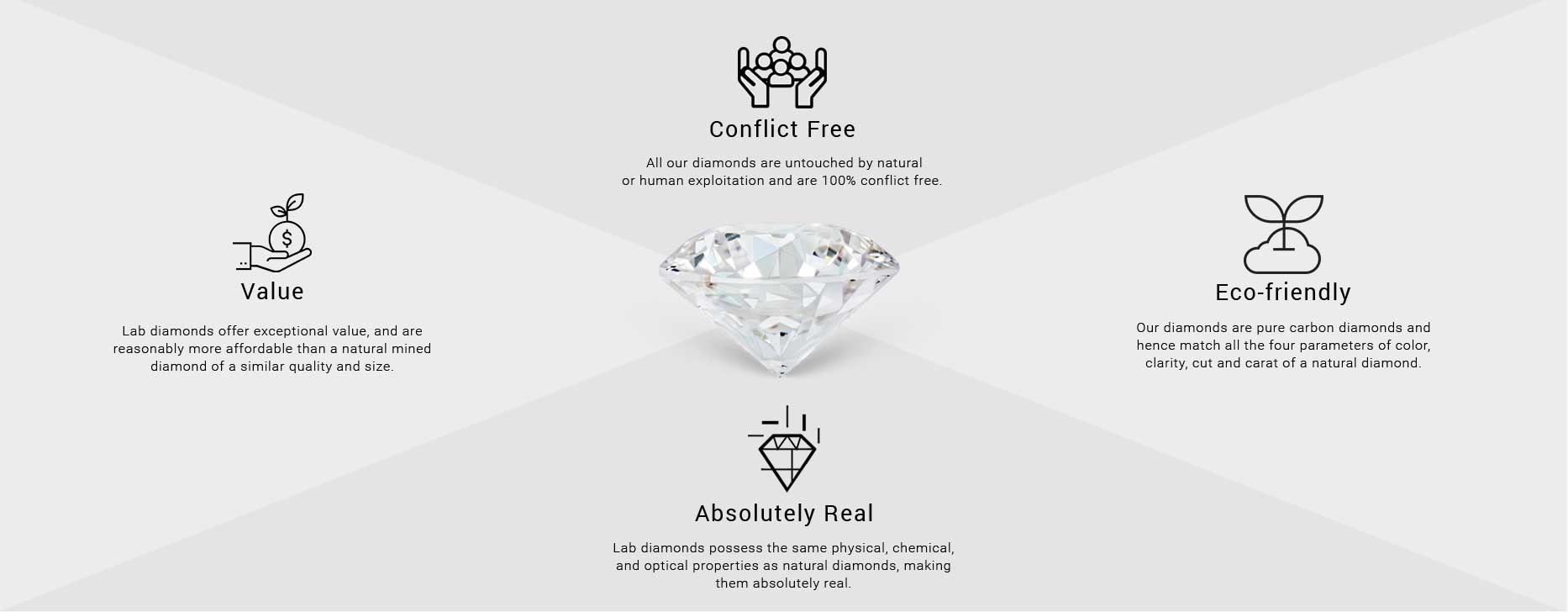
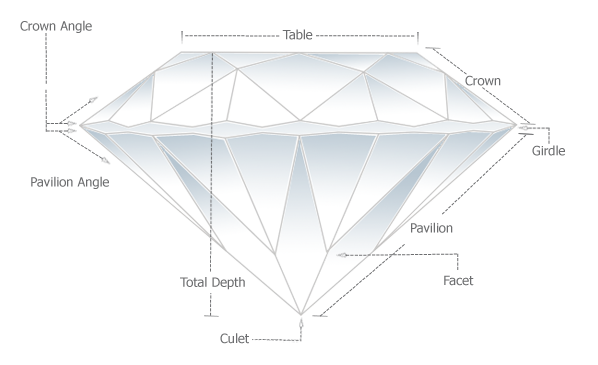

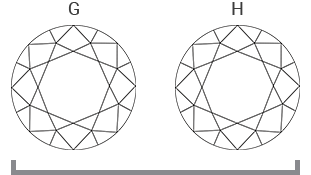
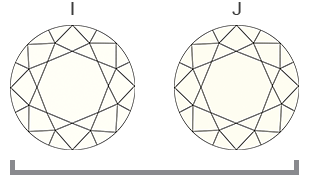
Slightly tinted
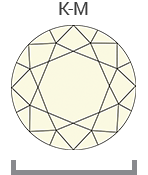
Yellow
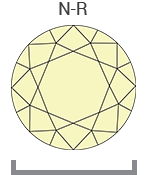
Yellow
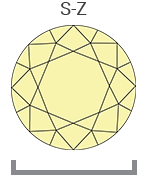
Yellow
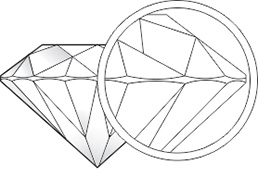
flawless
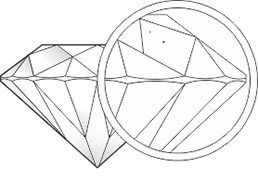
very very slightly included
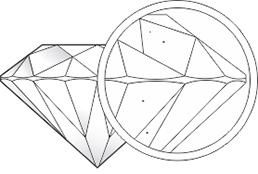
very slightly included
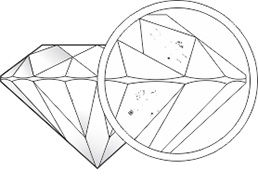
slightly included
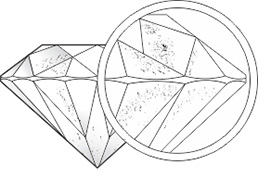
INCLUDED Pure ignis does not offer diamonds in this category.
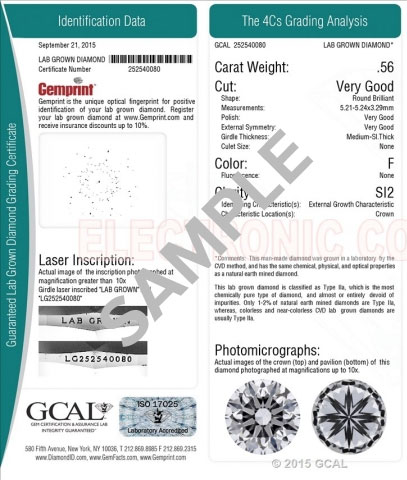
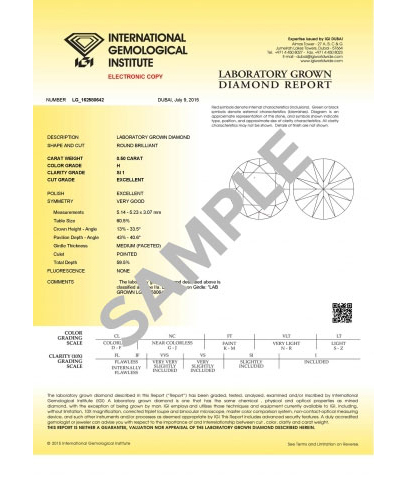
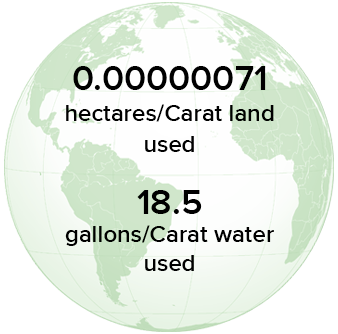 Lab Grown Diamonds
Lab Grown Diamonds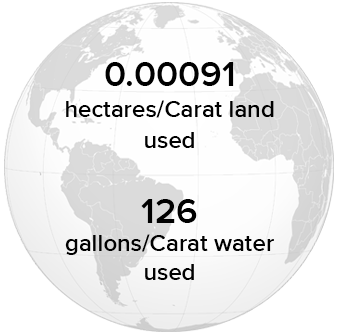 Earth-Mined Diamonds
Earth-Mined Diamonds

